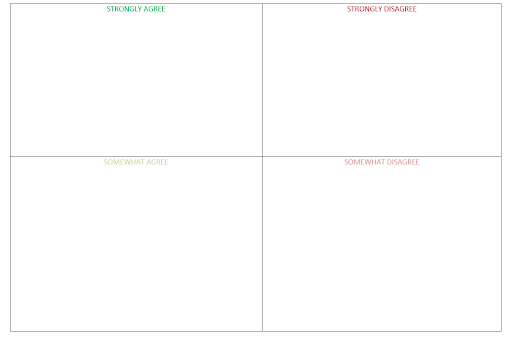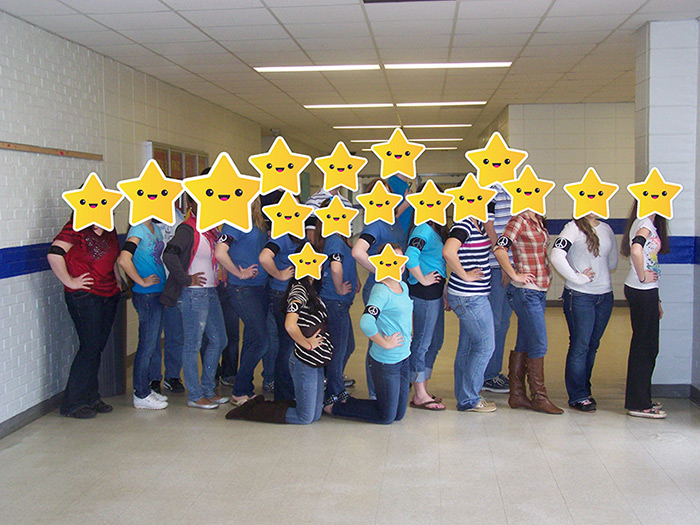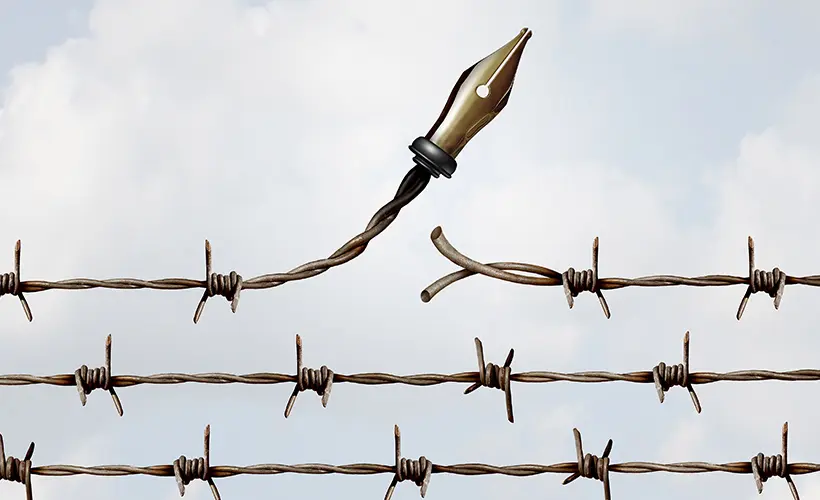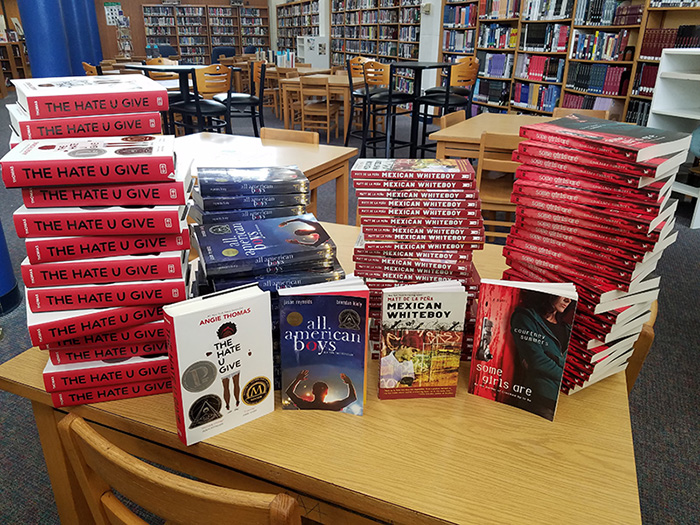According to “Advocating for Intellectual Freedom: An Interpretation of the Library Bill of Rights,” educating the American public, including library staff, on the value of intellectual freedom is fundamental to the mission of libraries of all types. When libraries guarantee physical access to information, they foster awareness of intellectual freedom rights within the context of educational programs and instruction in essential information skills (AASL, 2018, p. 243). In short, the answer to disinformation is education.
I have implemented two research projects as both a classroom teacher and a school librarian to promote intellectual freedom awareness: banned books and the First Amendment. As you will see, it is possible to address these topics without fearing accusations of bias and indoctrination. Indeed, it is not inappropriate to teach others about the rights guaranteed in the First Amendment.
Banned Books Research Project
The first time I tried a banned books research project, I was brainstorming how I could end the year strong with a particularly challenging group of seniors. I knew I wanted to do something more practical with real-world context than a standard literature study. Since I was in the process of completing my Master’s in Library and Information Science at that time, I decided to try a banned books research project, which would allow for traditional research as well as incorporating evaluation so students could formulate their own opinions.
The purpose was for students to choose a book that had been challenged or banned at some point in American history or contemporary society, research the issues making it controversial, and ultimately make an argument for or against including the book in a classroom or school library.
Students began by creating a guiding research question. To incorporate multiple literacies and ability levels, I required students to complete an annotated bibliography for their research and a class wiki as the final project (an updated version could be to use a class Google Site or LiveBinder). On each student’s section of the class wiki, I required them to include an image, graphic, or political cartoon related to their book. I also required students to convert their research into a pro-con chart on book censorship in general and their particular book. This strategy allowed students to practice citing sources but in a less formal format than a traditional research paper. The final part of the wiki page was their own opinions of their book choice and book censorship after completing research.
As a school librarian, when I share this project idea with classroom teachers, I emphasize the concepts of free inquiry and intellectual freedom:
- The teacher or school librarian does not censor which books may be selected by students;
- nor do they dictate which opinions the students may hold about the censorship or suitability of particular titles;
- in this way, this project encourages intellectual curiosity;
- it also enables students to learn from others’ diverse perspectives and learn how to respect a variety of viewpoints.
As a school librarian, I collaborated with an English teacher on a similar project. I created a Google Hyperdoc at the beginning of the unit for students to explore the history of book censorship in America, learn about the Bill of Rights, and explore some court cases related to the freedom to read. After building some background knowledge, they formed book clubs based on titles I purchased using a Freedom to Read Foundation grant. One class staged a mock-school board meeting, debating the appropriateness of titles, and one class wrote editorials about the socio-political issues in the books.
First Amendment Research Project
A second research project I have implemented with students required them to pick an aspect of the First Amendment to research, including how the U.S. court system has ruled on the issue, and then present an argument. This project typically required some introductory activities for students to learn background information about the First Amendment and the Supreme Court.
I began with thought-provoking questions like, “Should students be able to display the Confederate flag in school?” and “Should students be punished in school for speech posted on social media?” I established four corners, and students moved to the corner corresponding with their initial opinion: strongly agree, somewhat agree, strongly disagree, somewhat disagree, allowing for informal discussion. Another iteration of this activity is to divide students into groups and distribute copies of this handout, which also prepares them for writing an argumentative thesis statement. This learning activity allows students to become aware of a variety of opinions and requires them to practice showing respect to differing opinions.

After the introductory activities, I gave them time to explore First Amendment issues in a selection of books from the school library. Another idea for exploration is to utilize the Infobase database Issues and Controversies. This database includes pro and con articles for a large variety of debatable issues in contemporary society, including media, videos, news articles, and even information on the U.S. Supreme Court. It is important to give students this time to explore issues instead of rushing them to choose something before understanding the topics.
Eventually, students selected a topic and created a guiding research question to focus their research. The next step was to complete an annotated bibliography of sources. In addition to the final paper, I also had some groups complete a class wiki page as described above.
When students are given time to explore topics, they are able to discover interests and passions. An art student chose to research art censorship; a student interested in politics researched the ethical implications of not reciting the Pledge of Allegiance. An atheist researched the history of praying in public schools. Through this project, students are able to connect their interests with intellectual freedom principles and can even feel encouraged to become a more engaged citizen.
As you can see in these examples, students learned about real-world issues while I embedded information, media, and news literacy skills into various stages of the research and writing processes. It was also an opportunity to create a multidisciplinary project incorporating Social Studies, government, and even art and science, into English. They interacted with each other and shared their work so the project felt useful and worthwhile. Students also responded well to open-ended assignments requiring them to form their own opinions after reading and considering diverse perspectives.
The rewarding part comes when students collectively find a topic that sparks their interest. For one of my classes, that was the Tinker vs. Des Moines Supreme Court case. On the anniversary of the verdict, we made black armbands to wear at school. It was a special moment for me as the teacher to see the real-world impact of their learning.

Reference Cited
American Association of School Librarians. (2018). National School Library Standards for Learners, School Librarians, and School Libraries. ALA Editions.
See also:
- FREE webinar: Leveraging Digital Resources to Inspire Changemakers: Activities for Earth Day, Arbor Day & More
- Celebrate National News Literacy Week with Infobase
- Leveraging Supplemental Resources for K–12 Schools & Districts




